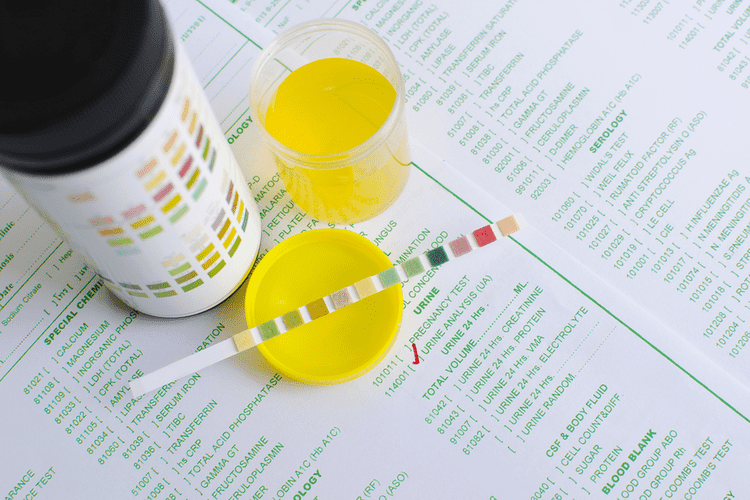Our primary purpose is to foster long-term sobriety through the cultivation of accountability, camaraderie, & character development. The information contained on this website is not intended to be a substitute for, or to be relied upon as, medical advice, diagnosis, or treatment. Always seek the advice of your physician or other qualified health provider with any questions you may have regarding a medical condition. The best way to find out what’s needed for admission is to call the number listed for the house.
Helping Rebuild Lives.
Due to how interchangeably these terms are used, it is important to ask questions about expectations and structure to determine which home is the right fit for you. In response, policymakers have attempted to create laws allowing states to regulate sober living homes. Establishing a sober lifestyle is difficult during the early stages of recovery.

How Much Does Recovery Housing Cost?
- Sometimes people use the term halfway house and sober living home interchangeably.
- Our mission is to foster long-term sobriety by creating a supportive environment where house members participate in each other’s recovery.
- Sober living homes are meant to be safe, supportive environments that emphasize the importance of building a community and camaraderie with others.
- Together, we’re building a stronger, healthier future for individuals in recovery.
- Level III homes employ administrative staffers, such as a facility manager and certified staff of case managers, and maintain an organizational hierarchy.
Sober living houses allow residents to live together in a drug and alcohol-free space. Residents pay rent to live there at a value similar http://patesal.ru/page/115/ to renting privately in the local area. As individuals pay rent and expenses, there is generally no time limit on how long they can stay.
How Sober Living Homes Differ From Halfway Houses
- The goal is to transition to an independent lifestyle, free of substance abuse and addiction.
- Some outpatient programs (e.g., intensive outpatient and partial hospitalization programs) roll housing into their total fee.
- They will allow substance use because they don’t want to lose the rental income.
- A stay at a halfway house may be court mandated, but standard SLH residency is entirely up to the individual.
- Your health and wellness is unique to you, and the products and services we review may not be right for your circumstances.
Both residences provide a space where people can live as a group and ease themselves back into daily life following a stint away from home. However, the way they work, the length of stay, and the funding options differ. NARR utilizes evidence-based standards and ethical guidelines to assist dozens of state affiliates in certifying and managing recovery residences across the continuum of care. We partner with state agencies and recovery community organizations to advocate for the adoption of our high-quality housing standards at both state and national levels. The NARR model lays the groundwork for recovery housing policies, practices, and services, offering those in recovery the chance for a sustainable and fulfilling life. Something important to note is that sober living houses are not the same as halfway houses.
- Others may limit or restrict cell phone and internet access because they can act as triggers that could lead to relapse.
- Level II includes the services of a Level I home as well as peer-run group and self-help and/or treatment.
- Residents usually sign a contract or written agreement outlining all of the rules and regulations of living at the sober living home.
- You need somewhere safe you can go after treatment, a place where you’ll be free of triggers and surrounded by social support.
- As such, sober living houses serve as a space to transition into a life without addiction, developing tools and community while getting used to the demands of daily life.
Provided services include drug screenings and resident house meetings. Those living in a sober living house are serious about their recovery. The goal is to transition to an independent lifestyle, free of substance abuse and addiction. Others accept people who are being tapered off of specific medications under medical supervision. Sober living homes may or may not be accredited or licensed through a state, local, or national agency.

Join us in our mission to elevate the standard of recovery living, making a lasting difference in thousands of lives each year. By Julia Childs Heyl, MSWJulia Childs Heyl, MSW, is a clinical social worker and writer. As a writer, she focuses on mental health disparities and uses critical race theory as her preferred theoretical framework. In her clinical work, she specializes in treating people of color experiencing anxiety, depression, and trauma through depth therapy and EMDR (eye movement desensitization and reprocessing) trauma therapy. Finally, a transitional housing center with a sobriety requirement could be of great help if you’re struggling with housing insecurity, mainly due to addiction struggles.

While at an SLH, residents may be able to resume other aspects of their lives before recovery, such as work or family obligations. Many people develop meaningful and fulfilling relationships http://www.flashgamesclub.ru/quest/museumgame.htm with their roommates. Recovery houses provide supportive, safe places for individuals in recovery to live, but they do not provide therapeutic treatment for addiction.
What Is A Sober Living House?
Trump’s ear wound from an assassination attempt at a rally on July 13 quickly became a symbol of solidarity for many of his supporters, and a grim reminder of political violence in the U.S. Redemption House Foundation and New Beginning Recovery work together to develop long-term recovery plan. At New Beginning Recovery, we believe if you are committed to change, you deserve to have success. If you come do our program and have the foundation of recovery you can achieve anything. You can enjoy healthy meals in the evening, followed by group therapy sessions.
Some sober houses provide forms of peer-led counseling or promotion of 12-step programs as favored by organizations such as Alcoholics Anonymous. The goal of sober living http://newezo.ru/theosophy/news/ob-etom-dolzhen-znat-kazhdyiy-vrednyie-ingredientyi-v-kosmeticheskih-sredstvah.html homes is to monitor and improve health, safety and wellness using peer support. The goal of many halfway houses is to reduce recidivism among felons using supervision.
